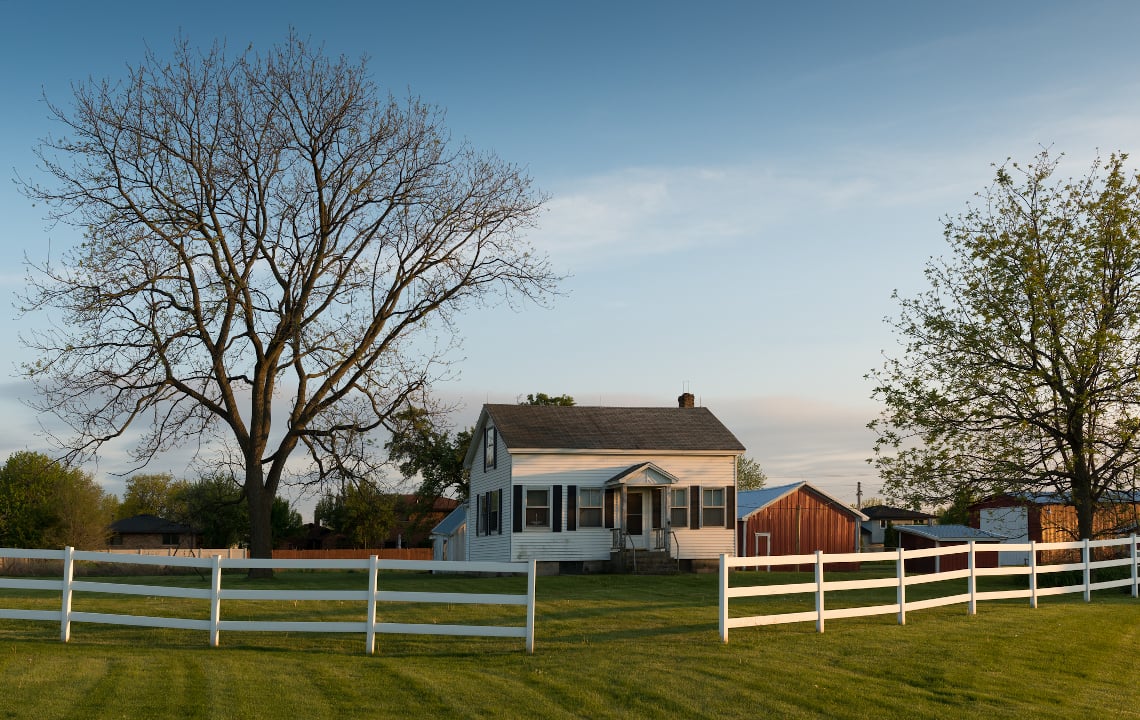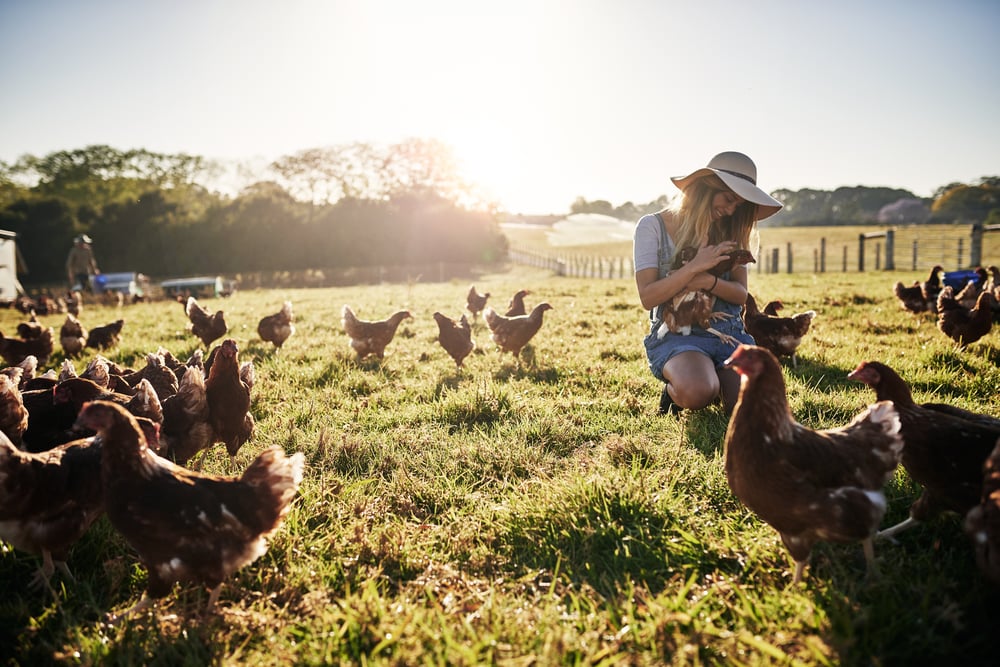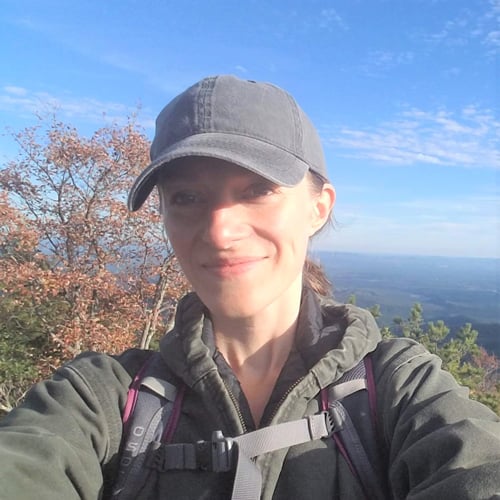The homesteading lifestyle is about values like self-reliance, health and freedom. But what does homesteading look like today? Let’s look at the surprisingly deep roots of homesteading in America.
We hear a lot about homesteading these days.
Many people raise chickens and grow vegetable gardens — some even live off-grid.
But why are so many people getting into this lifestyle? And what exactly does it mean to be a homesteader?
Here, we’re looking at the history of homesteading in the U.S. and what modern homesteading is all about.
Does homesteading sound like the lifestyle for you? If so, you can check out our ideas at the end of this article to get started.
A Nation of Farmers
Historian Patrick N. Allitt, Professor of American History at Emory University, traces homesteading back to America’s early days.
He says founders like Thomas Jefferson envisioned a country of farmers, with life centered around small, close-knit communities.
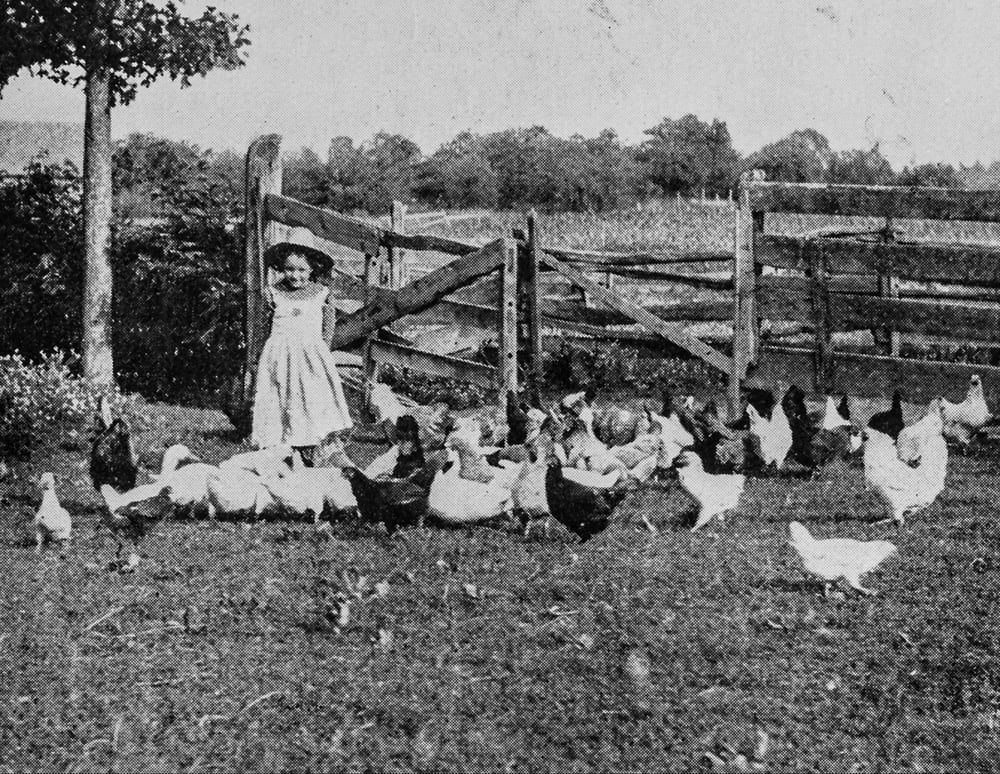
At first, the federal government sold public land to citizens who had the money to start farming. But in 1862, Congress passed the Homesteading Act, which extended land ownership to even the poorest Americans.
Public lands in states like Kansas and Nebraska were opened to settlers. For a small filing fee, anyone over the age of 21 — including women, those formerly enslaved and new immigrants — could claim a parcel of 160 acres. Homesteaders would own the land after working on it for five years.
A wave of migration followed, with families leaving cities to become farmers.
Professor Allitt points out the darker side of this government policy: these public lands had been forcibly taken from Native Americans before the settlement era. This led to conflicts between homesteaders and Native Americans.
Homesteaders faced many challenges settling the land, most of which was prairie or grassland.
There were no trees — back East, trees were the primary source for building and heating homes. Homesteaders built houses out of prairie sod and used desiccated buffalo dung as fuel for fires.
Despite initial successes and a few years of good rains and healthy crops, the homesteaders were soon plagued with drought, insect infestations and bankruptcies.
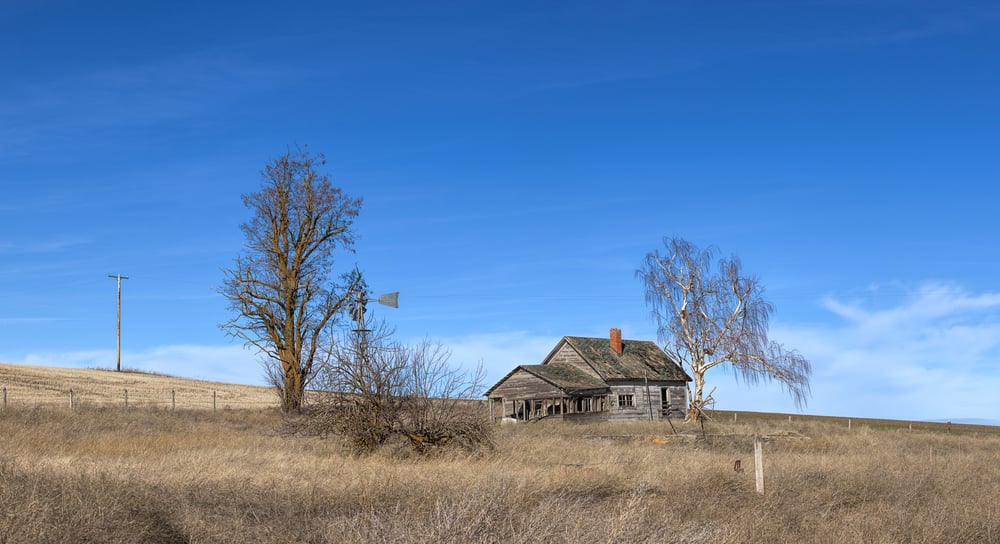
Many homesteaders abandoned farming and sold their land to neighbors.
Quick technological changes (like steam-powered tractors) led to increased crop yields for remaining homesteaders. And new railroads helped to get their crops to markets.
But in the end, homesteading proved more beneficial to those markets than to the farmers themselves.
The food supply increased for both the U.S. and Europe. Consumers in cities had ready access to affordable food. Railroads and bankers profited, but the farmers saw declining profits because of overproduction and falling food prices.
They needed help to repay loans that had purchased expensive farming equipment.
Today, most of the land settled and farmed by early homesteaders is owned by agriculture corporations, which is where the bulk of our food supply comes from.
A New American Dream
In the 1960s and 1970s, a new generation of Americans left cities to become farmers.
This wave of migration was different, however. The movement wasn’t caused by a single event, like a government policy that granted free land.
If there was a common thread for the new homesteaders, it was disillusionment.
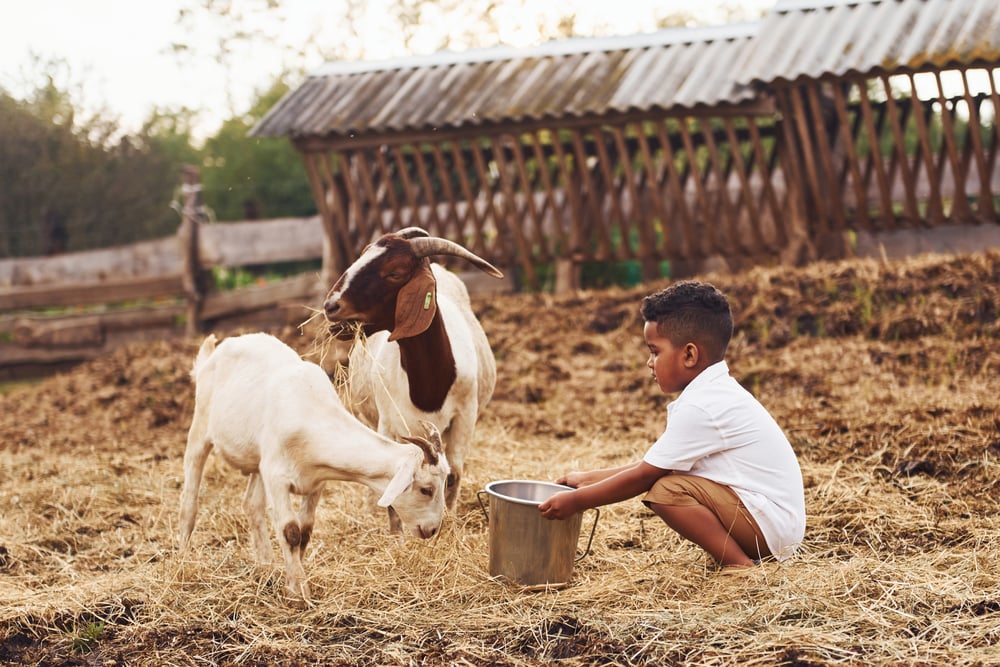
Americans were dissatisfied with the U.S. government and with a consumer-driven culture that wasn’t leading to fulfillment or meaning in their lives.
Writers like Ralph Borsodi and Helen and Scott Nearing wrote about their experiments with land-based living as an alternative to mainstream lifestyles.
These books became popular after the Vietnam War era as part of the counterculture movement.
Many Americans went “back to the land." They bought acreage in rural areas and learned about organic gardening and raising animals. They aspired to live more simply and naturally.
Maynard Kaufman, a writer and farmer, wrote this definition of the movement in 1972:
“Homesteading must thus be defined as living on a productive, self-sufficient, small farm where needs and wants for boughten goods are reduced to a minimum. And we might emphasize that the aesthetic aspects of homesteading are at least as important as its economic aspects; it appeals to those searching for a simple, healthful and satisfying way of life."
Homesteading in the 21st Century
Modern homesteaders are drawn to this lifestyle for many of the same reasons as earlier generations.
It’s about finding a simpler life in a chaotic, consumer-driven culture.
But the exact reasons why someone might choose to homestead are as unique as the homesteaders themselves.
As we’ve talked to homesteaders across the Southeast and beyond, some common themes have emerged.
Here are some real homesteaders’ reasons (and links to their stories):
Health and well-being
- Homesteading for Health: How Country Life Can Heal
- How Homesteading Creates Healthier Families: An Interview with "The Thrifty Homesteader" Debra Neimann
- How Homesteading Helped This Man Beat Stage Three Cancer
Raising kids in the country
- Raising Farm Kids: A Family's Move from Subdivision to Hobby Farm
- When a Girly-Girl Goes Country
- Homeschooling on the Florida Homestead
Fulfilling a lifelong dream
- Karma Acres Farm Made Beekeeping Dream a Reality
- The Rural Folks We've Met Over 7 Years
- How This Couple Started an American Tea Farm on their Rural Land
Passion for raising animals
- They've "Goat" it Good at this Florida Goat Farm
- Meet Vickey: The Sustainable Shepherd
- All About Raising Alpacas: An Interview with Pat Waters
Lifestyle freedom: lower cost of living, slower pace of life
- Affordability and Freedom Made Country Life Right for Military Couple
- On A (Butterfly) Wing and a Prayer: Finding the Perfect Land in Rural Louisiana
- Tips for Starting a Flower Farm Business
Harmony with nature
- What Drives a Woman to Become a Farmer?
- Never Too Young to Own Land
- Montana Artist Makes a Living Painting in Nature
More time with family
- What it's Like to Live on a Family Compound (raydientplaces.com)
- The Woodstock Lavender Co.: A Mother-Daughter Herb Farm Thrives in Rural Kentucky
- How Many Acres do you Need to Start a Hobby Farm or Homestead?
What it Takes to be a Homesteader
Homesteaders are passionate about learning new skills and becoming more self-reliant at growing, building and making the things they need.
It’s much more rewarding than working extra hours to buy necessities from big companies!
Here are some common homesteader skills:
- Organic gardening
- Composting
- Canning and preserving
- Cooking and baking
- Raising animals
- Basic carpentry
- Small-engine repair
- Homeschooling
- Foraging
- Wild-crafting
- Herbal and home remedies
- Hunting
- Fishing
- Primitive skills
- Survival skills
Interested in Getting Started Homesteading?
Does homesteading sound like the lifestyle change you’ve been looking for? Check out our free eGuide: “From City Slicker to Self-Sufficient,” to plan your next steps.
Other helpful resources for homesteaders:


